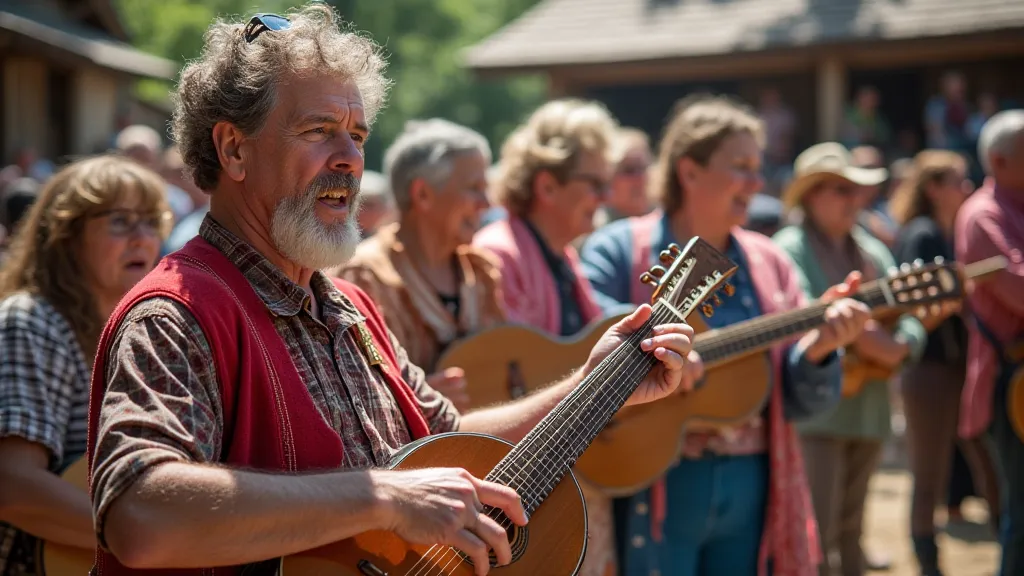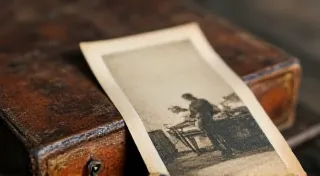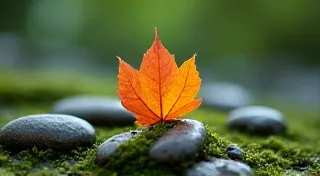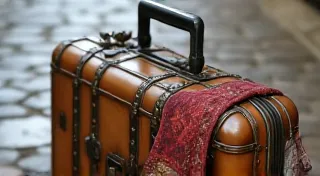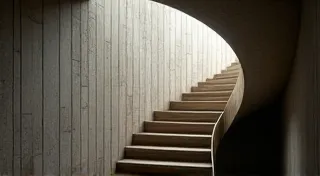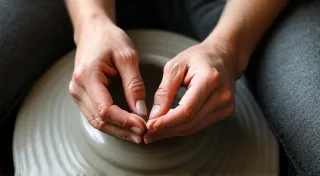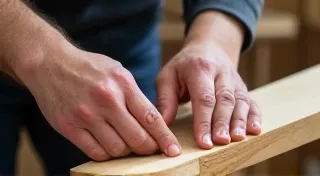The Instrument's Voice: Understanding the Psychology of Sound and Cultural Resonance
Music isn’t merely a sequence of notes; it’s a conversation. A dialogue between maker, instrument, and listener, interwoven with the threads of history, geography, and shared experience. While we appreciate music’s beauty, have you ever considered why certain instruments feel so intrinsically linked to particular cultures? Why the drone of a bagpipe evokes Scotland, or the twang of a steel guitar screams Americana? It's a complex interplay, a fascinating dance between the physics of sound, the psychology of perception, and the profound weight of cultural memory.
The Physics of Feeling: Frequency, Timbre, and Emotion
Let's begin with the science. Every instrument produces sound through vibration – strings, reeds, or membranes oscillating at specific frequencies. These frequencies, combined with the instrument's unique shape and material construction, generate its timbre – that characteristic "color" of the sound that distinguishes a violin from a cello, or a clarinet from an oboe. While it’s tempting to believe emotional resonance is purely subjective, research suggests physiological responses correlate with certain timbres. For example, warmer, rounder timbres, often produced by instruments with resonant wooden bodies, tend to elicit feelings of comfort and nostalgia. Conversely, brighter, more percussive sounds can evoke excitement or a sense of urgency.
Consider the human voice – our primary instrument, the one we’ve evolved to understand most intimately. Many instruments attempt to mimic vocal qualities, incorporating elements of breathiness, vibrato, or even mimicking the human vocal range. This inherent desire to emulate the human voice creates a subconscious connection, fostering a sense of familiarity and emotional accessibility.
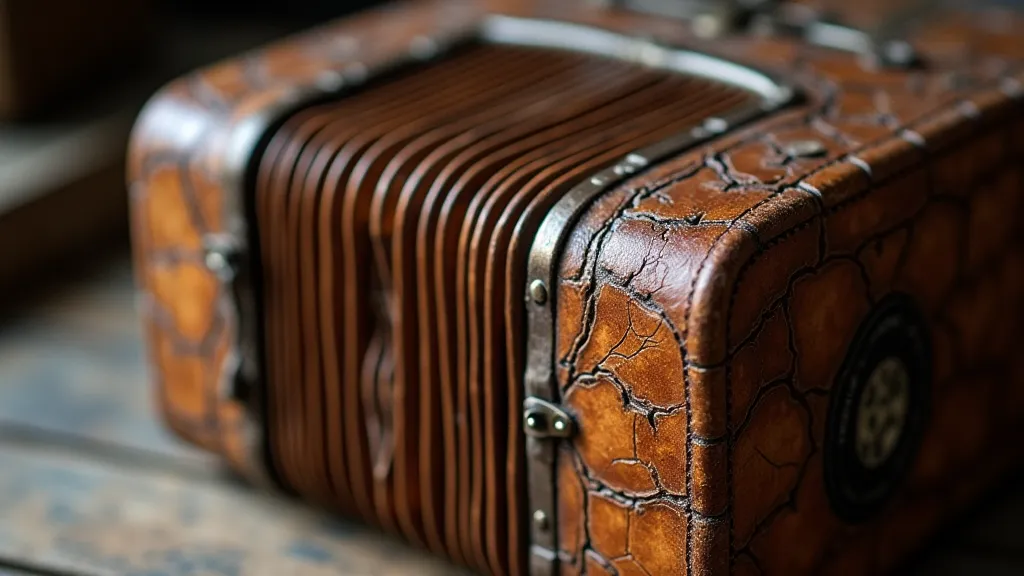
The Accordion's Story: A Convergence of Cultures
The accordion, a deceptively simple instrument, provides a compelling case study. Its relatively recent invention in the early 19th century – initially attributed to Cyrill Demian in Vienna and Charles-Antoine Gossé in Paris – quickly dispersed across Europe and beyond. Unlike instruments rooted in ancient traditions, the accordion’s rapid adoption and adaptation tell a story of cultural exchange and innovation. Initially a novelty, it quickly found a home in folk music traditions of numerous countries.
Think of the Italian "fisarmonica," pulsating with the rhythmic heart of Roman street music. Or the Cajun accordion of Louisiana, a vibrant fusion of French, Spanish, and African influences, reflecting the complex history of the region. In Poland, the "garmonika" became a cornerstone of wedding bands and village celebrations, its melancholic tunes a poignant expression of shared experience. Each adaptation reflects the musical preferences, cultural values, and available resources of the adopting community. The instrument wasn’t just being played; it was being *reinterpreted*, infused with the local musical vocabulary.
I remember my grandfather, a quiet man of few words, who played a battered, century-old German accordion. It wasn’t a particularly fancy instrument, more of a workhorse than a masterpiece. But when he played, a transformation occurred. He wasn't just playing notes; he was sharing stories. Stories of his childhood in Bavaria, of family gatherings, of a life lived close to the land. The accordion wasn't just an instrument; it was a conduit to the past, a tangible link to his ancestors. I realized then that the power of an instrument isn't solely about its technical capabilities; it's about the emotional weight it carries, the memories it evokes. The transmission of instrument knowledge across generations is vital for keeping these traditions alive, as described in a related article, Resonant Threads: The Transmission of Instrument Knowledge Across Generations. It's remarkable how techniques and skills are passed down, contributing to the instrument's enduring legacy.
Craftsmanship and the Soul of the Instrument
The connection between a culture and its instrument is also deeply intertwined with the craftsmanship involved in its creation. Historically, instrument makers were not just skilled artisans; they were cultural custodians, entrusted with preserving traditions and innovating within established boundaries. The meticulous hand-carving of a hammered dulcimer, the precise bending of a hammered saxophone, the careful selection of wood – each detail contributes to the instrument's unique character and, ultimately, to its emotional resonance.
The quality of materials also plays a critical role. The warmth of mahogany, the sweetness of maple, the clarity of rosewood – each wood possesses acoustic properties that contribute to the instrument's tone. Beyond the functional, the aesthetic details—the intricate inlays, the ornate carvings, the decorative flourishes – reflect the cultural values and artistic sensibilities of the maker and the community.
Consider the restoration of antique instruments. It's far more than just repair; it's an act of preservation, a recognition of the cultural significance embedded within the object. A skilled restorer doesn't just replace damaged parts; they strive to maintain the instrument's original character, respecting the hand of the maker and the stories it holds. It’s a painstaking process, requiring both technical expertise and a deep appreciation for the instrument's history. The sustainable sourcing of materials for instrument creation is a modern challenge, and a related article, The Wood's Whisper: Sustainable Sourcing and the Future of Regional Instrument Craft, delves into this critical topic.
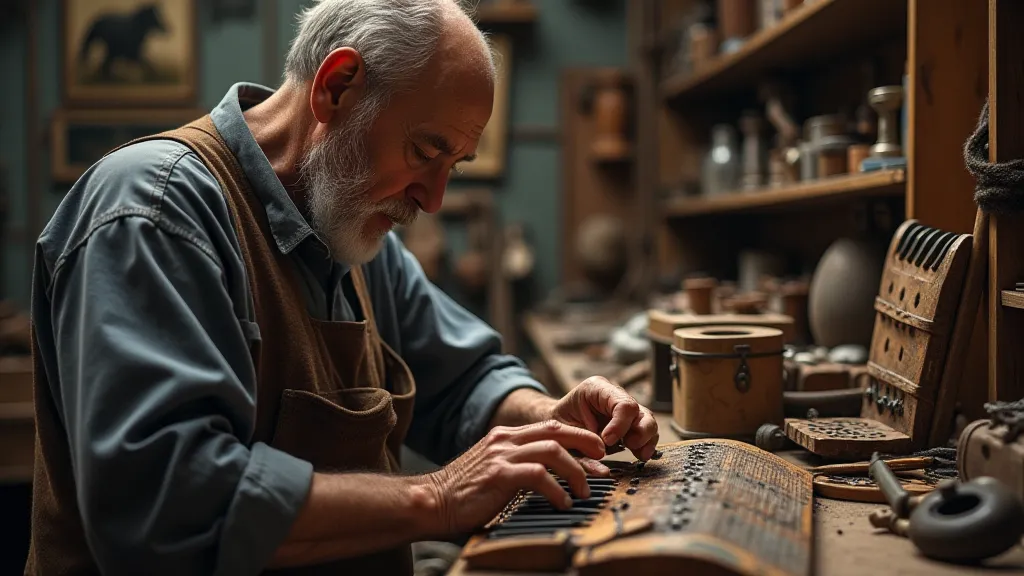
Beyond the Notes: A Legacy of Cultural Memory
Ultimately, the reason why certain instruments resonate so deeply with specific cultures is because they embody a shared narrative. They are living artifacts, repositories of cultural memory, passed down through generations. They are played at weddings, funerals, celebrations, and moments of mourning, weaving themselves into the fabric of daily life. They become symbols of identity, pride, and belonging.
The rise of globalization, while offering opportunities for cultural exchange, also poses a challenge to these traditions. The homogenizing effects of mass production and the dominance of popular music can threaten the survival of regional instruments and the skills needed to create and maintain them. It is therefore crucial to support instrument makers, music educators, and cultural organizations working to preserve these invaluable legacies. Sometimes, an instrument’s connection to a landscape is severed, leaving a poignant sense of loss; this is explored in greater depth in The Melancholy of Displacement: Instruments as Transient Vessels of Lost Landscapes.
So, the next time you hear an instrument that moves you, take a moment to consider the story it tells – not just the notes, but the history, the craftsmanship, and the cultural memory embedded within its very being. It’s a conversation spanning centuries, a dialogue between maker, instrument, and listener, a testament to the enduring power of music to connect us to our past and enrich our present. The subtle nuances of tone can be influenced by many factors, including the forces of nature; you might find a fascinating discussion of this topic in Whispers of the Wind: How Natural Forces Shape Instrument Tuning and Timbre.
